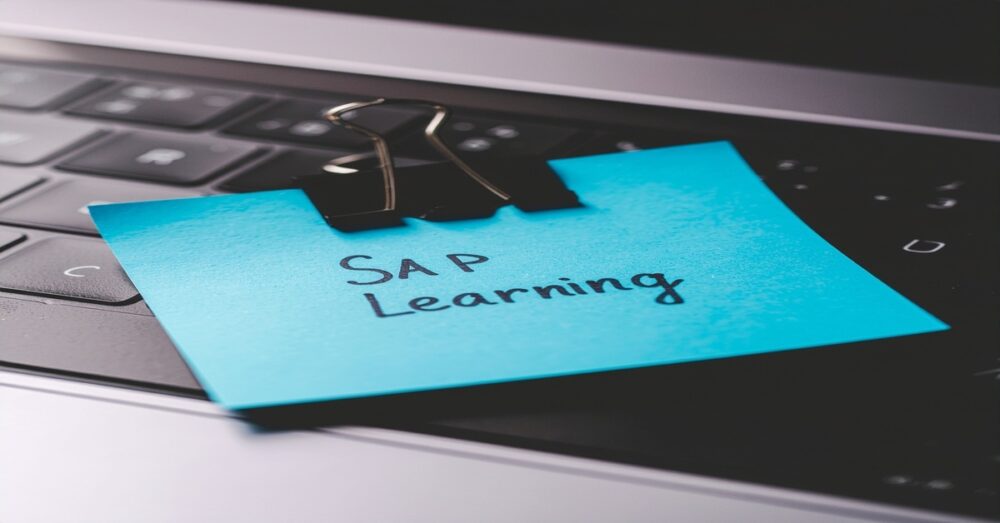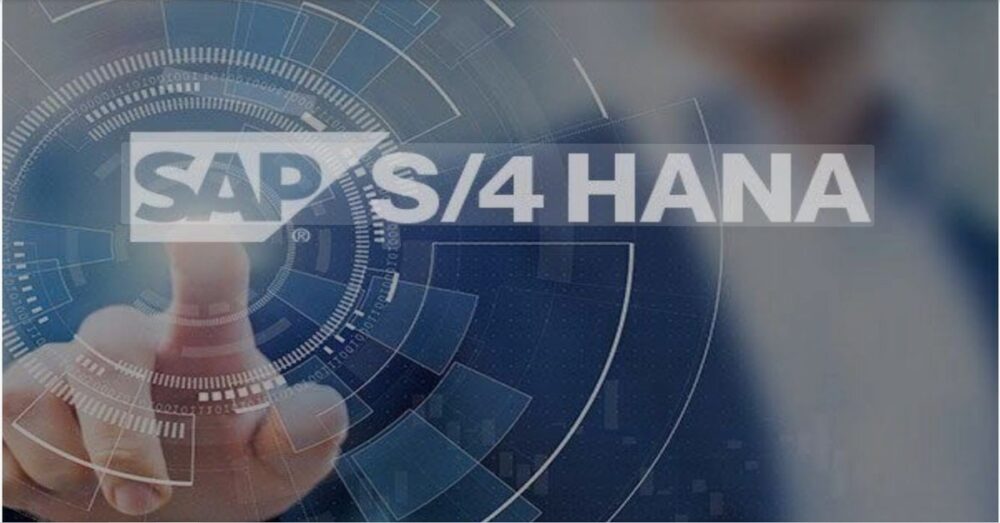Introduction

In modern procurement, purchasing efficiency and cost transparency are critical for businesses. Organizations deal with thousands of materials, services, and suppliers. To streamline procurement, reduce errors, and ensure consistent pricing, Purchasing Info Records (Info Records) play a central role in SAP S/4HANA Materials Management (MM).
An Info Record links material and supplier data, storing essential information like pricing, delivery terms, and lead times. It acts as the bridge between supplier master and material master, ensuring that procurement transactions are carried out smoothly and accurately.
What is a Purchasing Info Record?
A Purchasing Info Record (PIR) is a master data object in SAP MM that stores information about a specific material supplied by a specific vendor (supplier).
It contains:
- Current and future prices.
- Delivery lead times.
- Order units of measure.
- Freight and incoterms.
- Conditions like discounts, surcharges.
👉 Example:
- Supplier ABC Ltd. supplies material Steel Rods (Material Code: ST-1001).
- The Info Record captures:
- Price per ton: ₹45,000
- Delivery time: 7 days
- Incoterms: FOB Mumbai
- Validity: 01-Jan-2025 to 31-Dec-2025
When a buyer creates a purchase order for ST-1001 from ABC Ltd., the system automatically fetches these details from the info record.
Business Importance of Info Records
- Centralized Pricing – Ensures consistent prices across purchase orders.
- Supplier Comparison – Buyers can compare offers from multiple suppliers.
- Automatic Data Fetch – Eliminates manual entry, reducing errors.
- Supports Source Determination – Used in automatic source list and vendor evaluation.
- Legal & Compliance – Ensures contract terms are followed.
In S/4HANA, Info Records are especially important for companies handling:
- Strategic sourcing
- High-volume procurement
- Global supplier base
Types of Purchasing Info Records in S/4HANA

Info records are classified based on the procurement type:
- Standard Info Record
- For standard purchase orders.
- Example: Buying raw materials or finished goods.
- Subcontracting Info Record
- Used when sending materials to a supplier for further processing.
- Example: Sending fabric to a supplier for stitching garments.
- Pipeline Info Record
- For materials delivered through pipelines or cables (e.g., water, gas, electricity).
- Charges are usually based on consumption.
- Consignment Info Record
- For consignment stock procurement.
- Supplier provides stock, but payment happens only when consumed.
Structure of Info Records
An Info Record contains data at different organizational levels:
- General Data (Valid for all orgs):
- Supplier Number
- Material Number
- Order Unit of Measure
- Standard Delivery Lead Time
- Purchasing Organization Data:
- Price and Conditions
- Incoterms
- Payment Terms
- Order Quantity Tolerances
- Plant-Specific Data (if applicable):
- Planned Delivery Time
- Freight Conditions
- Minimum Order Quantity
Key Fields in Info Records
| Field | Description |
|---|---|
| Info Record Number | Unique system-generated number |
| Supplier | Supplier (Business Partner) linked to material |
| Material | Material number (from Material Master) |
| Purchase Org | Org responsible for procurement |
| Net Price | Price of material |
| Conditions | Discounts, surcharges, scales |
| Incoterms | Delivery conditions (FOB, CIF, etc.) |
| Delivery Lead Time | Number of days required for supply |
| Validity Period | Effective dates for pricing |
| Planned Delivery Cost | Freight, handling charges |

Creation of Info Records in S/4HANA
Info Records can be created using SAP GUI or Fiori apps.
SAP GUI Transaction Codes:
- ME11 – Create Info Record
- ME12 – Change Info Record
- ME13 – Display Info Record
Steps (ME11):
- Enter Supplier, Material, Purchase Org, and Plant.
- Choose procurement type (Standard, Subcontracting, etc.).
- Fill in:
- Price, currency, validity.
- Delivery time, incoterms.
- Minimum order quantity.
- Save → System generates Info Record Number.
Fiori App:
- “Manage Purchasing Info Records” – modern UI for creation & updates.
Info Records in Procurement Cycle
Info Records play a vital role across procurement processes:
- Purchase Requisition (PR):
- System determines potential suppliers using info records.
- Source Determination:
- Info records + source list decide supplier selection.
- Request for Quotation (RFQ):
- Historical data from info records helps in supplier negotiation.
- Purchase Order (PO):
- Info record automatically fetches price, lead time, and incoterms.
- Goods Receipt & Invoice Verification:
- Supplier payment terms and tax details come from info record.
Integration with Other Master Data
Material Master – Links material codes with supplier.
Supplier Master (Business Partner) – Provides supplier-specific data.
Source List – Uses info records for automatic source assignment.
Quota Arrangement – Splits procurement across multiple suppliers based on info records.
Info Records in S/4HANA vs ECC
| Feature | SAP ECC | SAP S/4HANA |
|---|---|---|
| Supplier Data | Vendor Master | Business Partner (BP) |
| Pricing | Stored in Info Record | Integrated with Conditions + BP |
| Maintenance | ME11/12/13 | ME11/12/13 + Fiori Apps |
| Integration | Limited | Strong integration with Ariba, SRM, MDG |
Real-World Example
A global automotive company procures steel sheets from multiple suppliers.
- Supplier A offers ₹45,000/ton with 7-day delivery.
- Supplier B offers ₹46,500/ton but with 2-day delivery.
The Info Records store both sets of conditions. During purchase order creation:
- If urgent → Buyer selects Supplier B.
- If cost-saving → Buyer selects Supplier A.
This flexibility ensures procurement efficiency and cost optimization.
Challenges in Managing Info Records
Duplicate Records – Same material-supplier created multiple times.
Obsolete Prices – Outdated prices not updated on time.
Multiple Valid Conditions – Conflicts in pricing validity.
Migration from ECC – Mapping vendor to BP in S/4HANA.
Best Practices
Implement data governance policies for info records.
Regularly update validity periods and conditions.
Integrate with Ariba Sourcing for contract-driven pricing.
Use Fiori apps for better visibility and control.
Automate approval workflows for changes.
Advanced Features in S/4HANA
Central Procurement (Hub Model) – Info records shared across systems.
Integration with SAP Ariba – Real-time supplier collaboration.
Analytics – Fiori apps for analyzing purchase history and pricing trends.

FAQs on Info Records in SAP S/4HANA MM
1. Is Info Record mandatory for PO creation?
- Not mandatory, but recommended. System can create PO with manual entry.
2. What is the difference between Source List and Info Record?
- Info Record = Stores supplier-material data.
- Source List = Defines valid suppliers and timeframes.
3. Can one material have multiple Info Records?
- Yes, one for each supplier.
4. Do Info Records replace Contracts?
- No. Contracts define long-term agreements. Info Records store basic pricing & terms.
5. Can Fiori apps fully replace ME11/12/13?
- Yes, but many companies still use GUI for heavy master data work.
Conclusion
The Info Record in SAP S/4HANA MM is a cornerstone of procurement master data. It ensures:
- Accurate pricing and delivery terms.
- Automatic supplier determination.
- Seamless integration with supplier and material master.
- Support for strategic sourcing and supplier evaluation.
By leveraging Info Records effectively, organizations can achieve cost savings, efficiency, and compliance in procurement operations.
For procurement professionals and consultants, mastering Info Records is essential for successful SAP S/4HANA MM implementations.
